Ho Chi Minh City: The Soai Rap River overpass connecting Can Gio district to Nha Be, with a total investment of 10,000 billion VND, is expected to start construction in April 2025, breaking the monopoly of the overloaded existing ferry terminal.
The information was given by Director of the Ho Chi Minh City Department of Transport Tran Quang Lam on the morning of July 11, when answering questions from delegates of the City People's Council at the 10th session, 10th term.
Previously, delegate Doan Thi Ngoc Cam said that Can Gio bridge was included in the medium-term public investment plan for the period 2021-2025 and recorded capital for investment preparation from 2022. This is a key project to develop Can Gio, helping to realize the city's plan to move towards the sea, which has been awaited by people for many years, so what is the current progress?
According to the Director of the Department of Transport, Can Gio is a locality with many advantages in developing green transport and tourism, but the requirement is that infrastructure must come first because this place still has many limitations. In particular, Can Gio Bridge is an important project with a large scale that needs early investment.
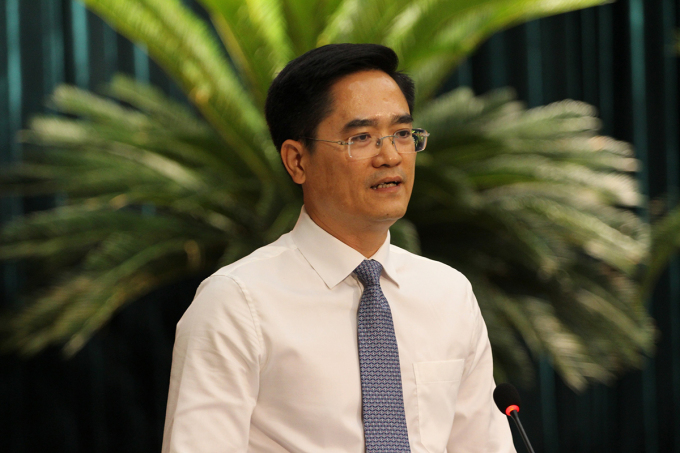
Director of the Department of Transport Tran Quang Lam at the questioning session on the morning of July 11. Photo: Thanh Nhan
Mr. Lam said that previously, the project was studied with a total capital of about 10,000 billion VND, invested under the PPP method, BT contract (land for infrastructure). However, this form of payment by land stopped after the PPP Law took effect, so the city calculated the investment in a different way. In particular, the options for building the bridge are being calculated according to the method: BOT (build - operate - transfer); BT (deferred payment in cash), or public investment.
Currently, the city government has assigned the Department of Transport to complete investment preparation procedures, along with updating related contents to complete the feasibility study report. "Regarding the technical issues of the project, it has been basically completed. The Department is working with the locality to review compensation and site clearance costs, and plans to submit to the City People's Council for approval of the investment policy at the end of this year and start construction on April 30, 2025," said Mr. Lam.
In parallel with the plan to build Can Gio bridge, the leader of the Department of Transport also said that the city will calculate investment, upgrade other bridges on the local Rung Sac road and synchronize the intersection on this route with the Ben Luc - Long Thanh expressway. Along with the road, the urban railway connecting this area through Nha Be district will also be studied for investment. This is part of the plan to connect traffic with the Can Gio transit "super port", which is being oriented to be built with a scale of more than 5.4 billion USD.
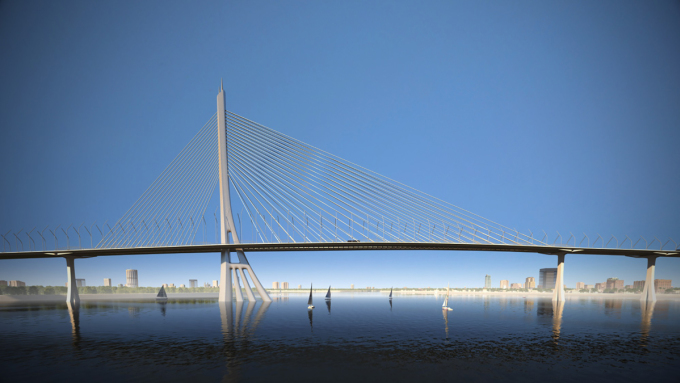
The architectural plan for Can Gio Bridge was selected in April 2019. Photo: Ho Chi Minh City Department of Planning and Architecture
Seven years ago, the Prime Minister agreed to assign the Ministry of Transport to review and add the Can Gio bridge project to the Ho Chi Minh City Transport Development Plan until 2020, with a vision after 2020. The city then organized a selection of design options and chose a cable-stayed bridge with a mangrove-shaped tower - a characteristic of Can Gio.
According to the above plan, Can Gio Bridge is 3.4 km long, with 4 lanes. The starting point of the project is at the intersection of Road 15B and Road 2 (Nha Be District), the end point connects Rung Sac Road, nearly 2 km from Binh Khanh ferry terminal in Binh Khanh Commune, Can Gio District. When completed, the project will help replace Binh Khanh ferry, which has been overloaded for many years.
Regarding this project, Chairwoman of the Ho Chi Minh City People's Council Nguyen Thi Le requested the city government to pay attention and direct the Department of Transport to speed up the completion of procedures to submit for approval of the investment policy at the nearest meeting. "As planned by the city's transport sector, the project will start construction in April 2025, an important milestone to celebrate the 50th anniversary of national reunification," said Ms. Le.
Also at the question-and-answer session, answering delegate Le Minh Duc's question about solutions to promote waterway transport to eliminate the situation of "many rivers but few boats", the leader of the Department of Transport affirmed that developing waterway transport and tourism is one of the top goals.
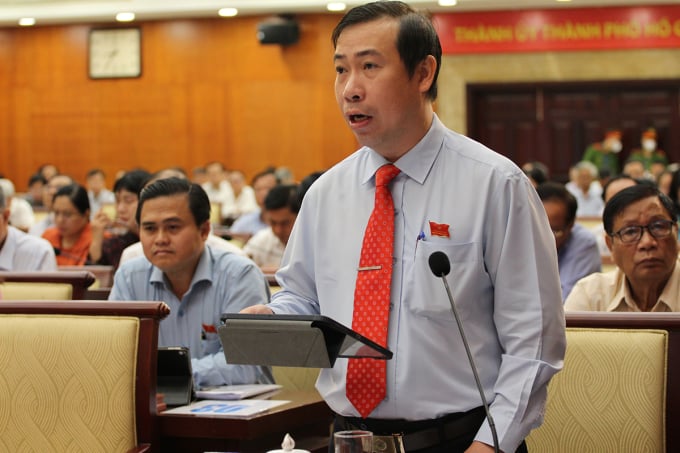
Delegate Le Minh Duc at the question and answer session. Photo: Thanh Nhan
According to Mr. Lam, waterway transport currently plays a major role, sharing more than 20% of the passenger volume with road transport. Waterway passenger transport in the area serves about 60 million passengers each year. The city also has waterway routes to Vung Tau, Binh Duong... along with short routes and some riverside tourist routes.
"However, to fully exploit the advantages of waterways, we have to strive a lot," said Mr. Lam. Currently, the city's transport and tourism sectors have met to discuss development solutions, in which from now until 2025, at least 5 waterway routes combined with tourism will be formed in the inner city and inter-provincial areas. At the same time, along both banks of the Saigon River will also be renovated, adding anchorage areas, marinas... to help improve the landscape and develop the economy.
Also at the working session, answering questions from other delegates about the development of transport infrastructure in the area, the leader of the Department of Transport said that Resolution 98 on piloting a special mechanism for Ho Chi Minh City was passed by the National Assembly with many policies to open up investment resources, which is an opportunity for many urgent infrastructure projects to be implemented soon.
In particular, in addition to the BOT and BT forms according to the new policy, the pilot model of urban development associated with public transport (TOD) at the intersections of Ring Road 3, expressways, and metro stations will create a great driving force for infrastructure development in the city. Accordingly, the new resolution allows land recovery by independent projects instead of previously having to have a new construction project to be implemented. At the same time, the city is also proactive in studying and adjusting local planning and infrastructure investment, which is the basis for effectively exploiting land funds along the projects, creating investment resources...
Le Tuyet - Gia Minh
Source link






![[Photo] "Beauties" participate in the parade rehearsal at Bien Hoa airport](https://vstatic.vietnam.vn/vietnam/resource/IMAGE/2025/4/11/155502af3384431e918de0e2e585d13a)

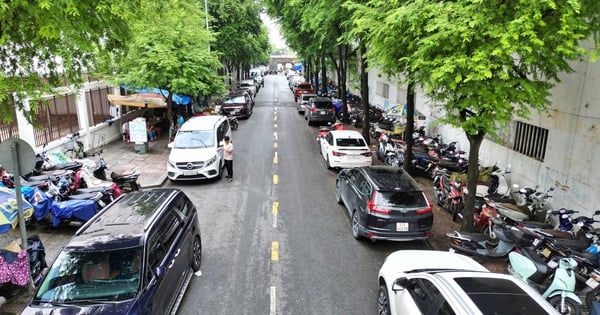

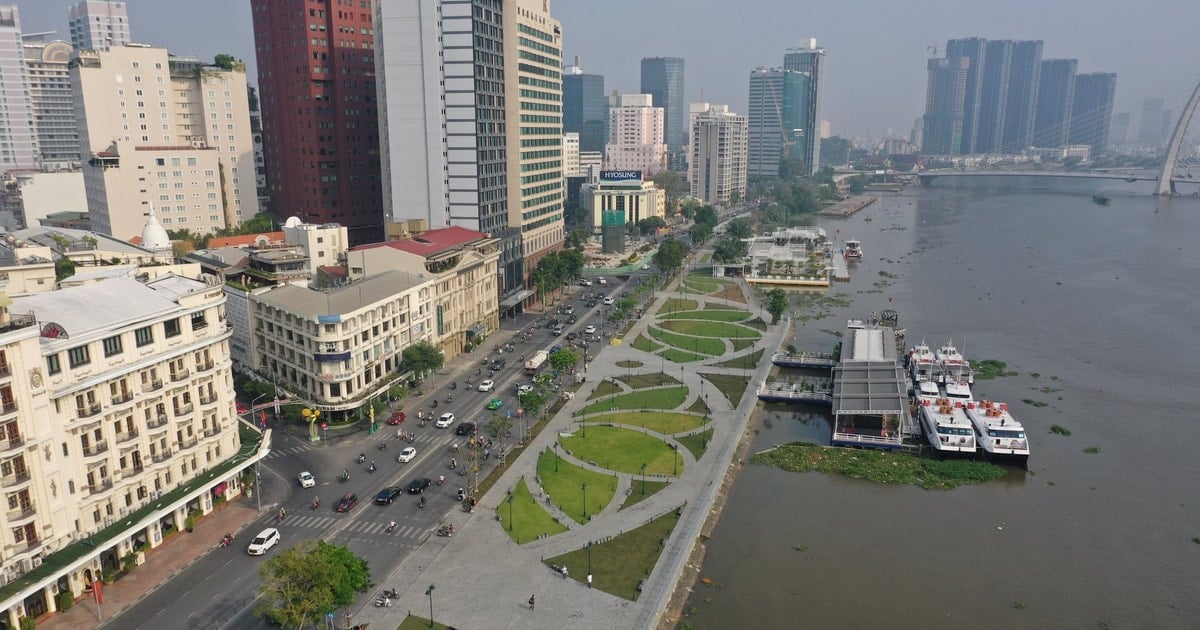

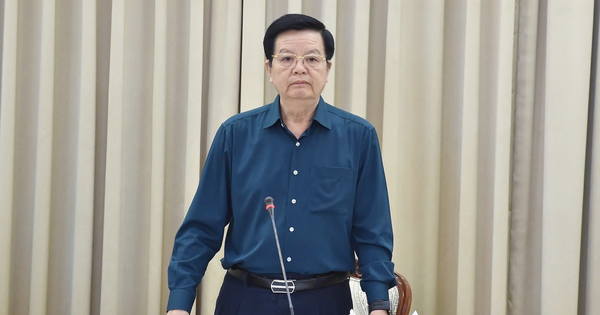
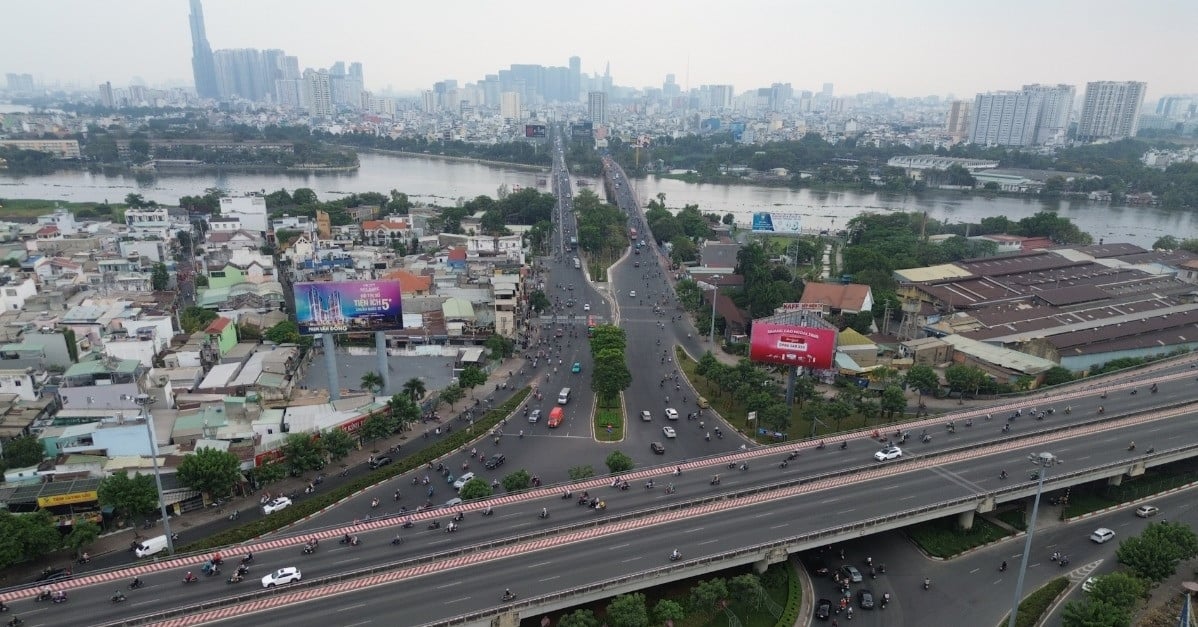


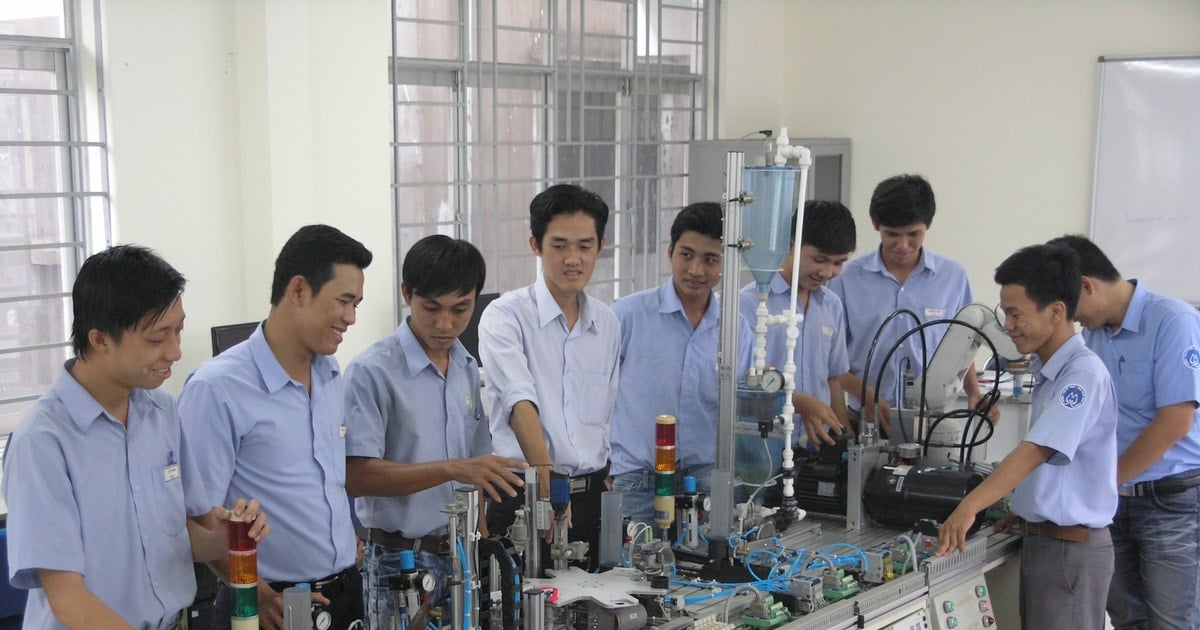
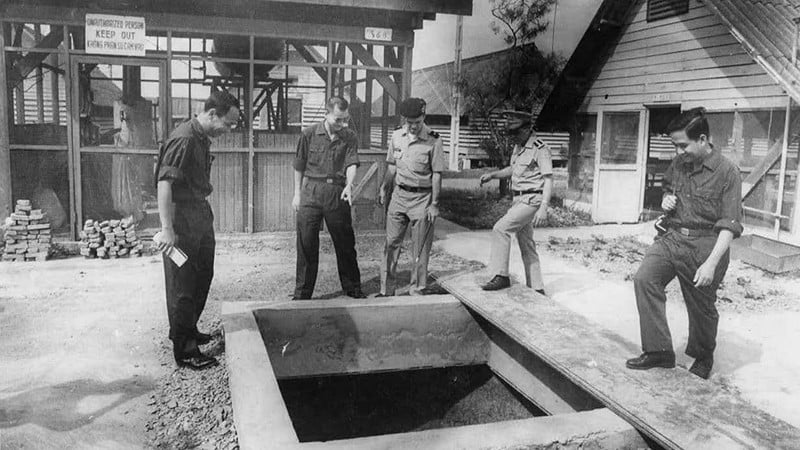
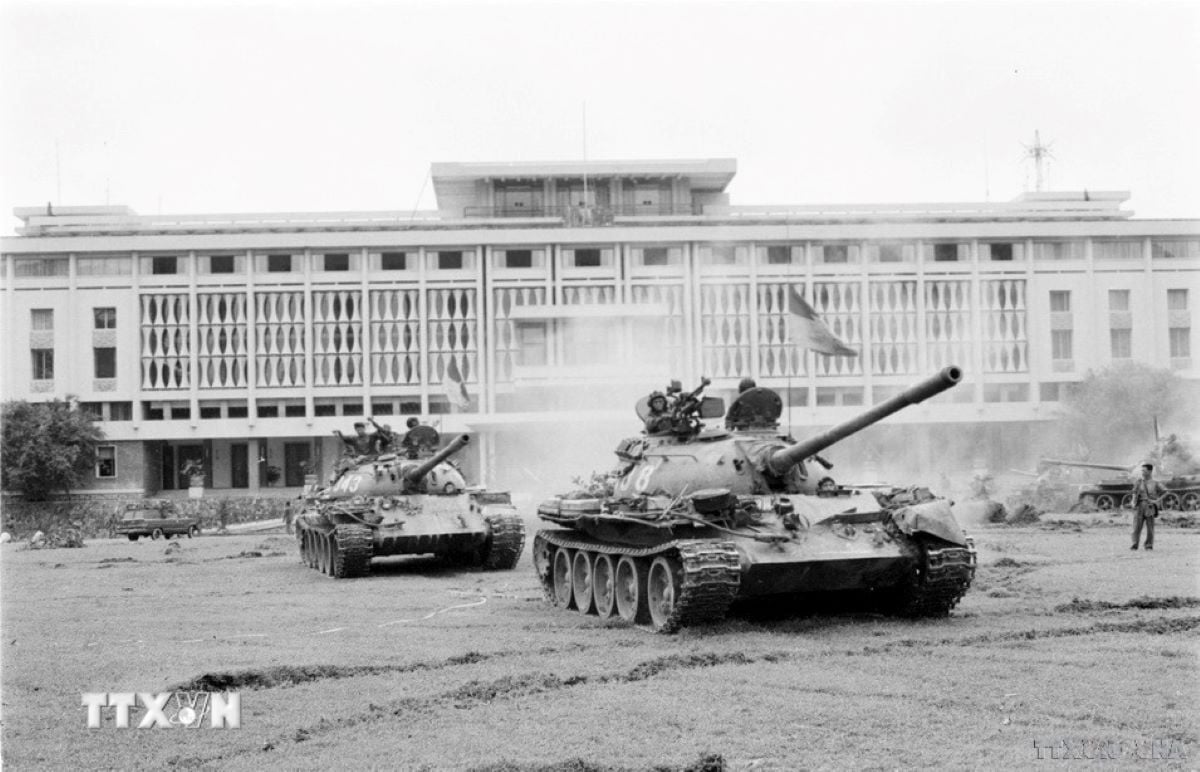
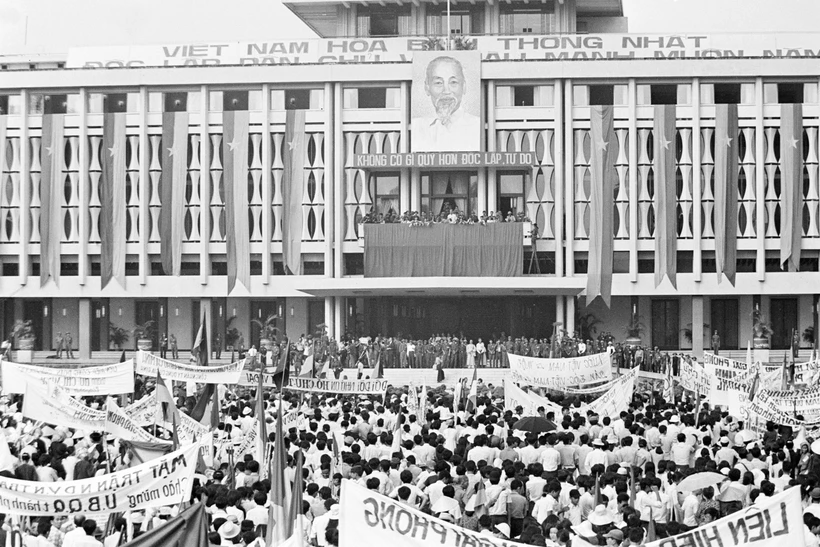










![[Photo] Looking back at the impressive moments of the Vietnamese rescue team in Myanmar](https://vstatic.vietnam.vn/vietnam/resource/IMAGE/2025/4/11/5623ca902a934e19b604c718265249d0)
![[Photo] Summary of parade practice in preparation for the April 30th celebration](https://vstatic.vietnam.vn/vietnam/resource/IMAGE/2025/4/11/78cfee0f2cc045b387ff1a4362b5950f)

































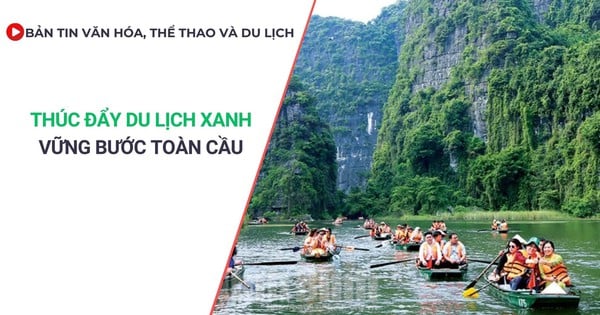









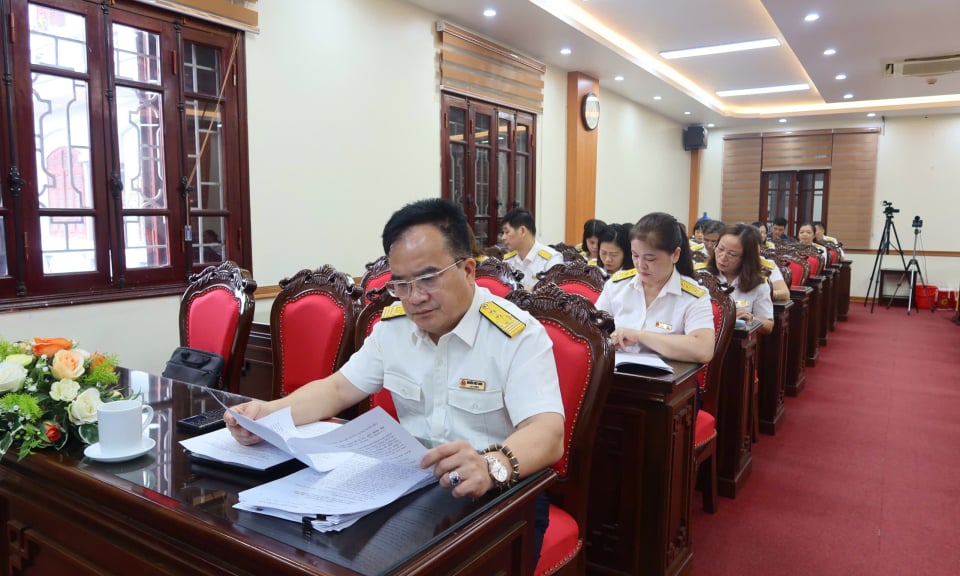

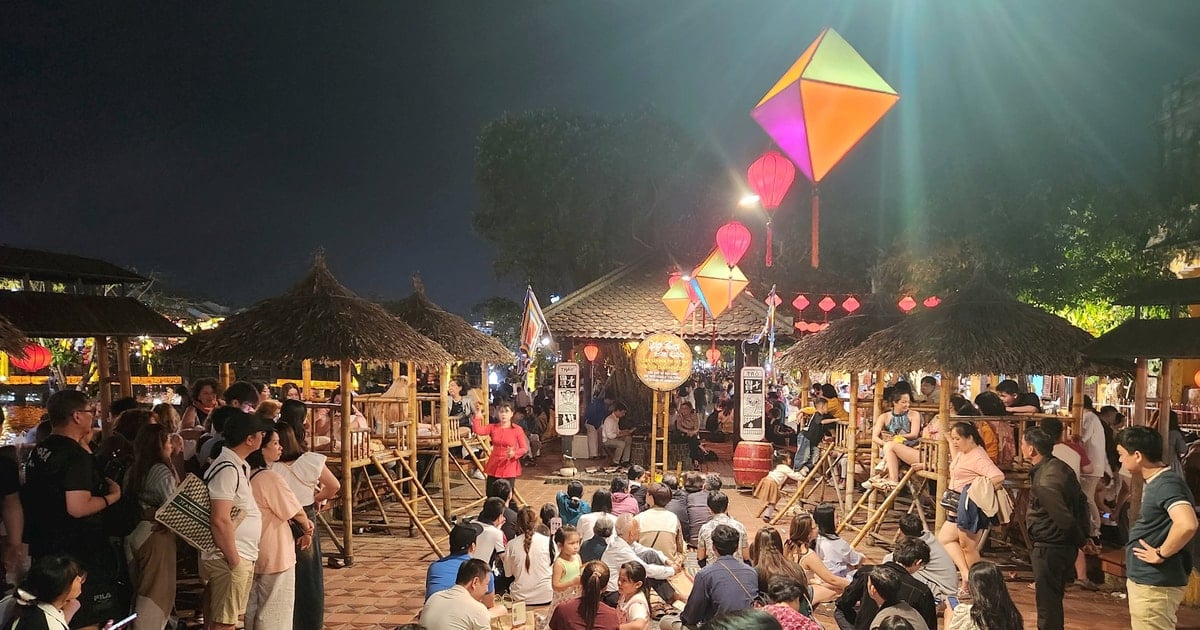














Comment (0)